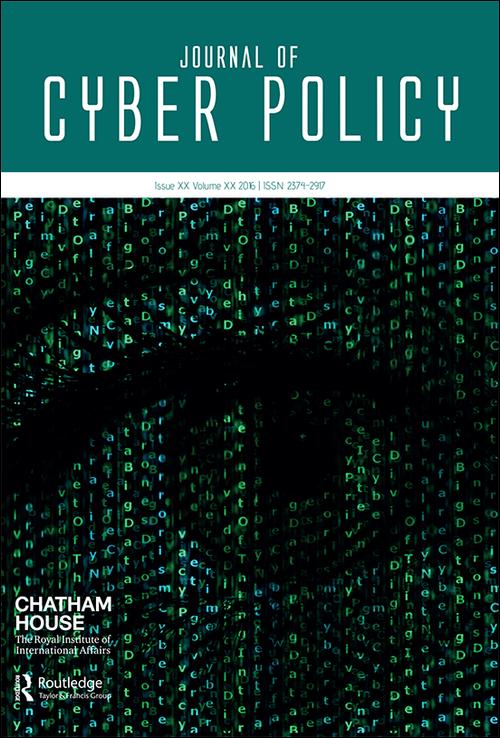
Description
A paper published in the Journal of Cyber Policy discussing China's technical standards and how they may break apart the internet into a 'Splinternet'
Blog summary
China’s drive for technological dominance has resulted in a long-term, government-driven national strategy. This includes the creation of native technologies which reflect local policies and politics, micromanagement of the internet from the top down, and the use of international standards development organisations (SDOs), such as the UN agency the International Telecommunication Union (ITU), to legitimize and protect these technologies in the global marketplace. Alternate internet technologies based on a new ‘decentralized internet infrastructure’ are being developed in SDOs and marketed by Chinese companies. In a worst-case scenario, these alternate technologies and a suite of supporting standards could splinter the global internet’s shared and ubiquitous architecture. They also pave the way to a new form of internet governance, one that is multilateral instead of multistakeholder. A fragmented network would introduce new challenges to cyber defence and could provide adversaries with a technical means to undermine the norms, predictability and security of today’s cyberspace – which would also impact human rights and widen the digital divide. Western nations and like-minded allies need to intensify their cooperation with one another, international partners such as the EU, and other stakeholders like industry, academia and civil society to understand and limit the potential ramifications of these new technical developments. This paper aims to shed light on how China’s activities in SDOs contribute to the execution of its long-term technical, economic and political strategic ambitions.
About this Blog
Publisher
Taylor & Francis
File type
PDF
File size
2163k
Page count
27
First published on
Invalid Date

